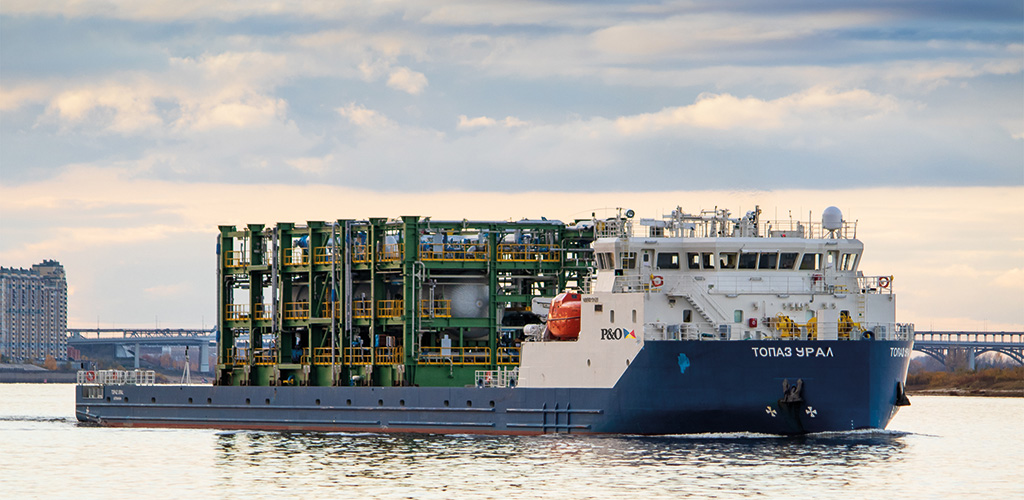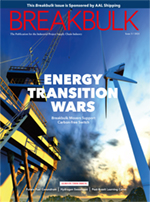Apr 30 | 2021
Future-proofing Energy Projects Development

 By Christian Arndt
By Christian Arndt As the world recovers from the Covid-19 pandemic, the course is being charted for the relaunch of oil and gas offshore projects around the world.
Though the market has seen an oil price recovery to US$65-US$70 per barrel – which increases the reliability of return on investment – there will be delays, loss of efficiencies, and cost impacts because of this pandemic. Even if project planning, design and management do not stop altogether, work will likely be costlier and take more time.
Integrated planning with logistics service providers is common practice within the engineering, procurement and construction, or EPC, world, however adding the offshore “last-mile delivery” has remained relatively untouched ground due to a fixed-day rate rather than a preferable “pay as you go” contracting model.
We are working towards an offshore logistics model in which combined shore bases, quaysides and vessel operations for major capital projects are supported by tailormade IT systems for each of our clients. With the different links in the project cargo cycle connected for the first time, customers benefit from speed, transparency and cost savings, all the while enabling planning security for the critical last-mile delivery. This is part of P&O Maritime Logistics’ phased rollout approach to using big data with the goal of becoming an end-to-end logistics provider.
By integrating offshore logistics at the earliest stage of pre-FEED studies, EPC companies gain the technical expertise needed to preempt challenges and find quicker, cheaper shipping routes. We do this by using business intelligence data that we collect from managing yards and quaysides, operating large equipment, and running offshore supply vessels, enabling planning as an end-to-end service.
With P&O Maritime Logistics as a customer’s single point of contact for their project planning and execution, this operating model reduces the interface management for the end client. Crucially, it also provides a transactional cost model rather than a fixed-rate structure for all facility and asset use, both lifting and vessel, regardless of an idle stage.
A great example of this in practice is our “Supply on Demand” tool being rolled out across Qatar by Doha Marine Services where customers get to be in control of their cargo and improve their planning schedules. The tool harnesses the power of big data to create optimized delivery schedules in accordance with the project execution plans.
It is a future-focused solution for an energy industry that is changing rapidly.
By looking at major capital offshore project execution in general, energy businesses can advance project efficiency and schedule delivery, even in frontier markets with limited existing infrastructure. In a future where the oil price looks to remain uncertain, end-to-end energy logistics is the answer to cost-sensitive yet sophisticated transport needs in a technically challenging environment.
Christian Arndt is vice president logistics at P&O Maritime Logistics.
Image credit: P&O Maritime Logistics


